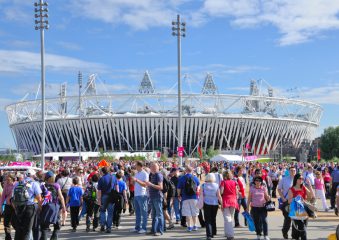Rental Yields of 8%+ Still Possible in London
Although soaring house prices in London make it difficult for landlords to achieve high rental yields, London estate agent Portico has found that returns of 8%+ are still possible in the capital.
The agent has used its innovative Interactive Yield Map to analyse each London borough on a street level to find the highest potential yields for landlords.

Rental Yields of 8%+ Still Possible in London
The data found that the highest rental yield, of 8.3%, was found in the borough of Havering, in the Romford postcode area around Whybridge Junior School. The average monthly rent price for a two-bedroom flat in the area is just £1,156, which is £600 less than the average monthly rent of £1,756 across the capital as a whole.
Portico found that outer London boroughs offer the highest yields generally, with areas within Barking and Dagenham, Bexley, Redbridge and Bromley all offering yields of 6% or over.
The suburban district of Chadwell Heath in Barking and Dagenham – where the Crossrail service is set to launch in 2019 – offers landlords an impressive yield of 7.6%. Here, landlords can expect to charge a monthly rent price of £1,278.
In inner London, the strongest rental returns and most affordable monthly rent can be found in Greenwich. On the Pelton Road, Bellot Street, Blackwall Lane, Armitage Road and Millennium Way roads around north Greenwich station, landlords can expect a 6% yields with an average monthly rent of £1,477.
If you are thinking of investing in prime central London, however, yields range from 2-4%. The highest, 4.8%, can be found on the northern end of Finchley Road in Westminster, while the area around the World’s End Estate in Kensington and Chelsea offers a 3.8% return.
The Managing Director of Portico, Robert Nichols, comments: “The rental market has remained strong post-Brexit, but landlords still need to be smart about where they are investing, as a very small difference in yield can determine whether they make a profit or a loss.
“If you’re thinking of buying to let, transport links are key. London’s commuting tenants want to be within close proximity of a Tube, so look for properties near new developments such as Crossrail and Crossrail 2.”
He suggests: “Havering, Barking and Dagenham, and Bexley, which will soon have stations on the eastern edge of the Elizabeth Line, are clearly key investment hotspots where landlords are achieving extremely impressive yields.”
Landlords, will you take advantage of the high rental yields still on offer in the capital?









